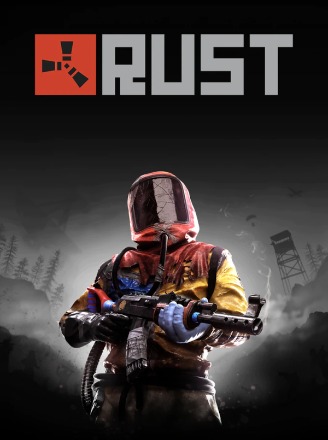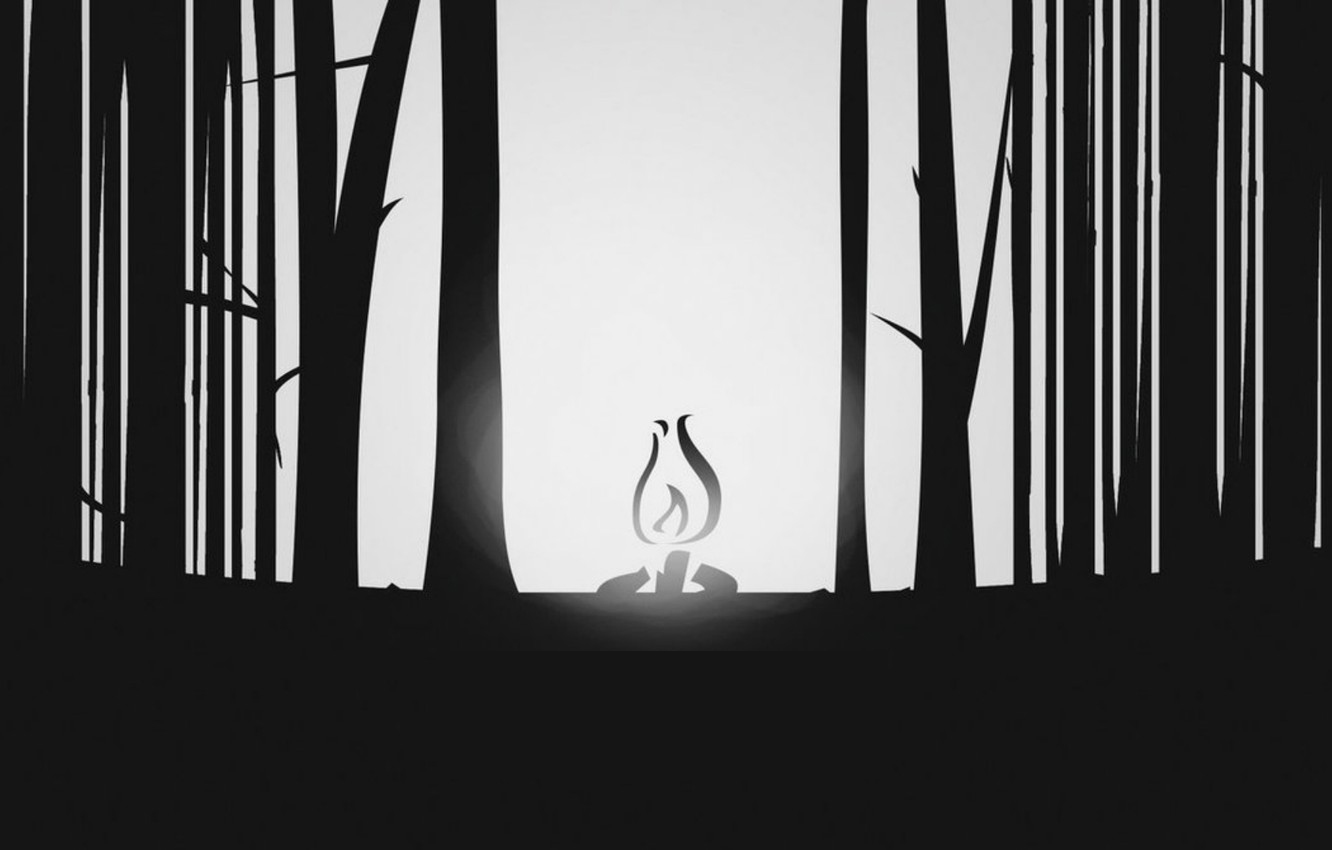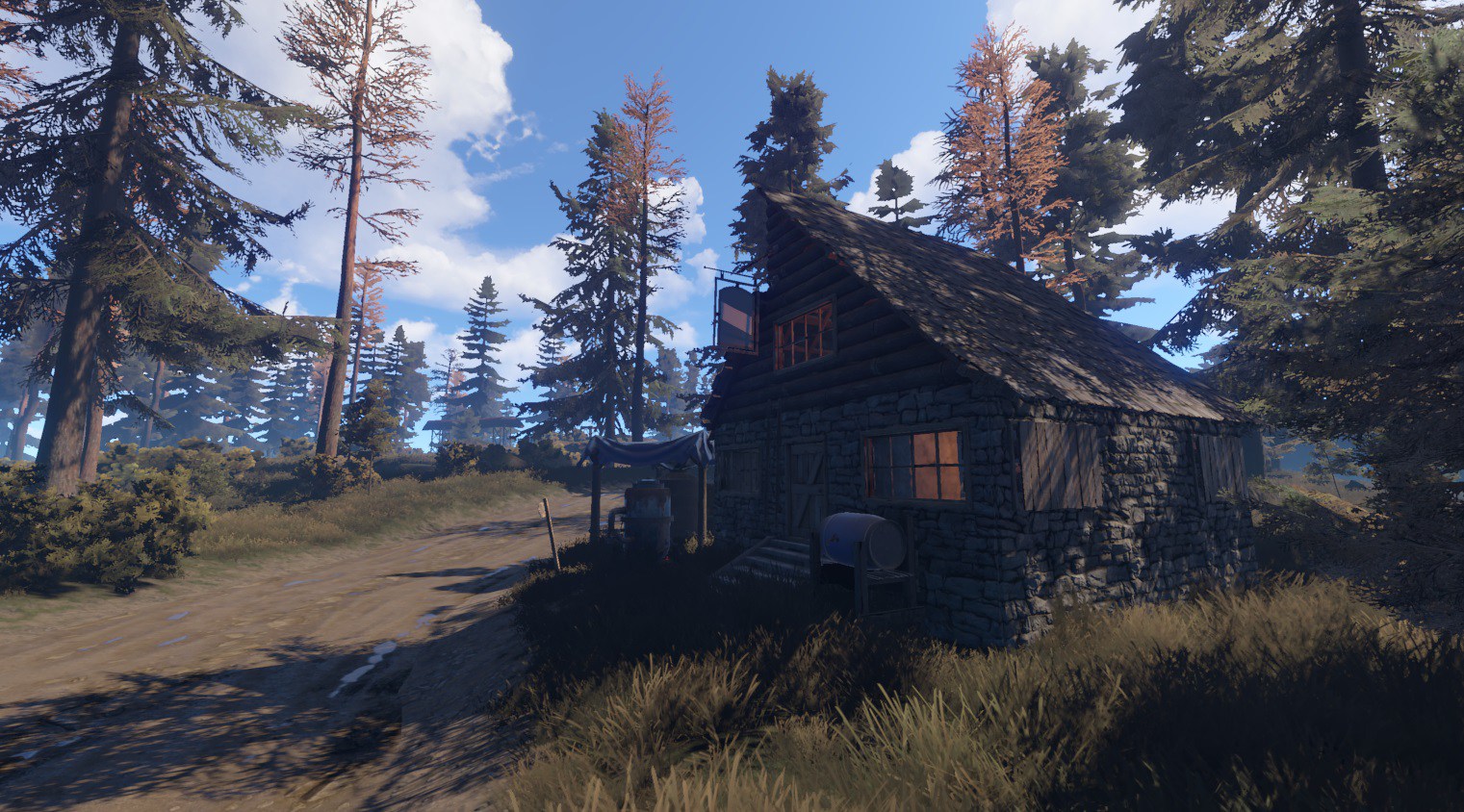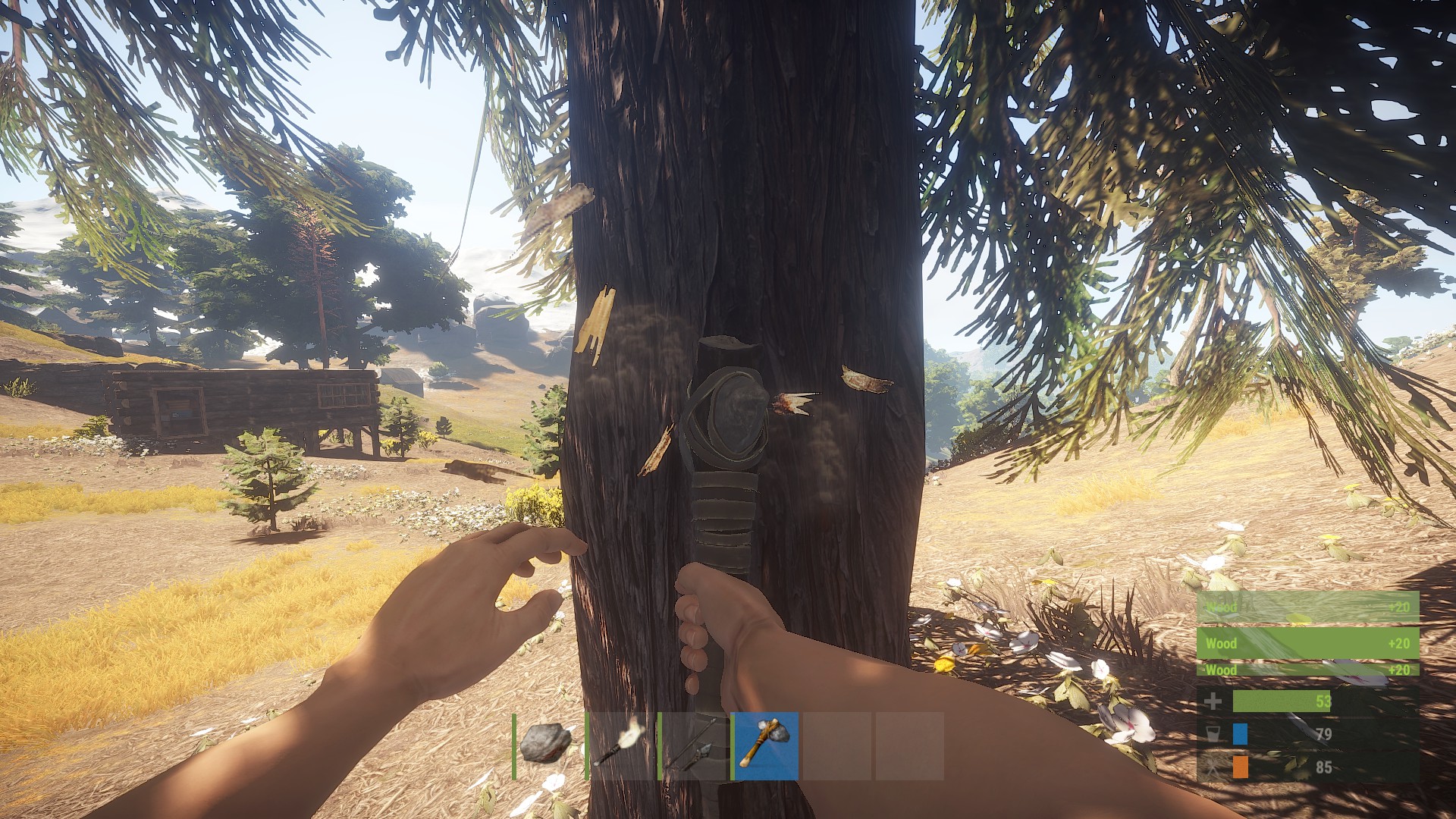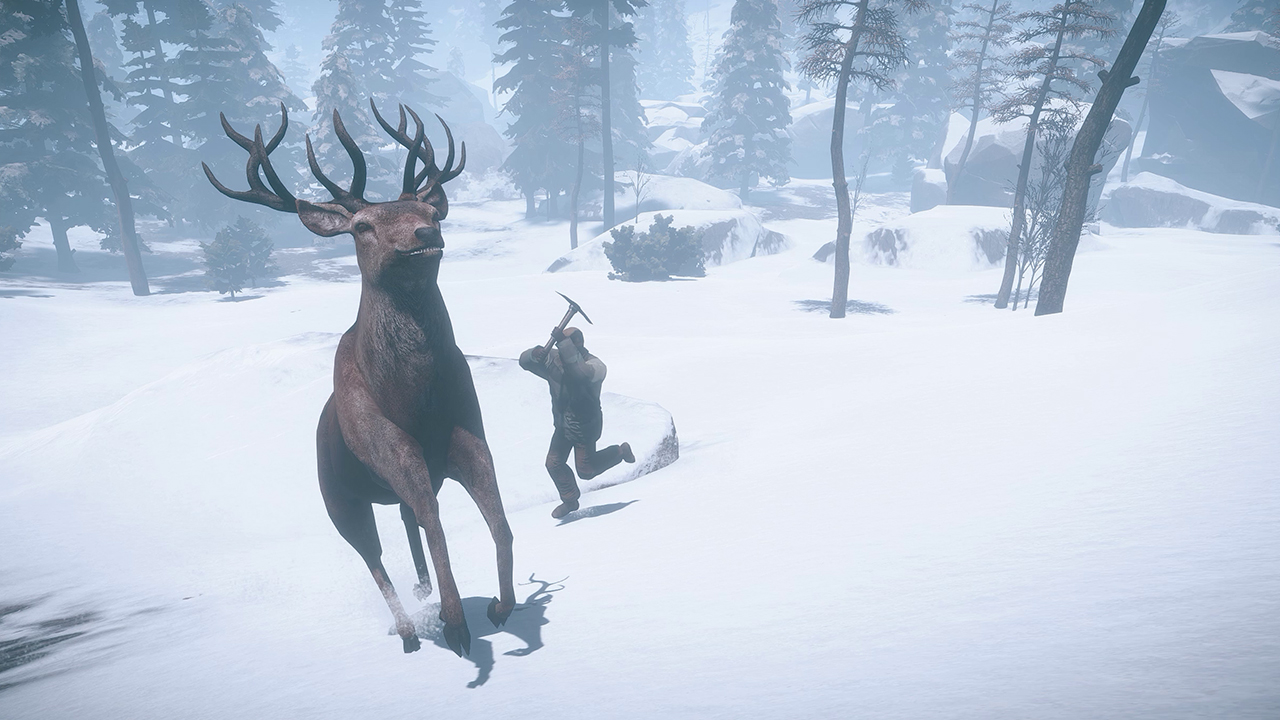Rust is more than just a game; it’s a test of survival where strategy, cunning, and resourcefulness are your best allies. In a world where the only certainty is danger, players must navigate treacherous landscapes, scavenge for resources, and fend off threats both human and environmental. This immersive survival experience has captivated players around the globe, and for good reason. Whether you’re battling the elements or forming uneasy alliances with strangers, Rust offers a uniquely intense gaming adventure that keeps you on the edge of your seat.
In this post, we’ll take a closer look at what makes Rust such a compelling title in the survival genre. From breathtaking moments of triumph to heart-pounding escapes, we’ll dissect the pros and cons of the game, delve into its system requirements, and explore the plot that drives players to return again and again. Whether you’re a seasoned Rust player or considering diving into its challenging world for the first time, our comprehensive review will provide the insights you need.
Prices for Rust
The World of Rust: A Treacherous Sandbox
In the unforgiving world of Rust, players are thrust into an open-world sandbox teeming with challenges. The game lacks a predetermined narrative, opting instead for emergent storytelling where players shape their destinies. You awaken on a desolate island with nothing more than a rock and a torch, forced to contend with hunger, thirst, and the ever-present peril of hostile creatures and fellow survivors.
As players progress in Rust, they must scavenge, craft, and construct to ensure their survival. The lack of a structured plot allows for a rich tapestry of player-driven stories, ranging from tense rivalries and cooperative builds to epic battles over territory. This unpredictability is what makes Rust not just a game, but a dynamic social experiment, where each player’s choices ripple through the world.
Gameplay Mechanics: The Art of Survival
The gameplay in Rust is a masterclass in survival mechanics, offering a robust and intricate experience. Despite its minimal guidance and steep learning curve, players quickly become engrossed in the game’s demanding environment. The controls and crafting systems are intuitive yet require a keen understanding to utilize efficiently, making the first few hours of gameplay incredibly rewarding as you learn by doing.
Compared to other survival games, Rust stands out with its innovative mix of PvE and PvP elements, creating high stakes with every encounter. From constructing elaborate fortresses to hunting for food and resources, each goal achieved feels like a significant triumph. Its competitive edge lies not only in survival but in dominating or collaborating with other players, offering a nuanced layer of strategy and unpredictability that keeps the game engaging and fresh.
Visuals and Aesthetics: Immersive Realism
Rust boasts a visually striking aesthetic that complements its harsh survival themes. The game’s graphics, characterized by realistic environments and detailed textures, create an immersive experience that captivates players from the outset. The dynamic weather system and day-night cycles add a layer of realism that enhances the overall atmosphere, prompting players to adapt their strategies to ever-changing conditions.
When compared to other games in the survival genre, Rust holds its own with a gritty, yet polished art style that sets it apart. While not the most photorealistic, the graphics effectively convey the raw and rugged nature of the world, making exploration and interaction within the game’s sandbox both visually pleasing and atmospheric. This visual coherence contributes significantly to the overall tension and allure of surviving in Rust’s world.
Standout Features: What Sets Rust Apart
Rust distinguishes itself in the survival game genre with an array of standout features that enhance its addictive gameplay. One of the most notable aspects is its comprehensive crafting system, which offers a deep level of customization and creativity unmatched by many competitors. Players can construct everything from rudimentary shelters to intricate fortresses, allowing for a personalization level that continuously evolves as new materials and blueprints are discovered.
Another hallmark of Rust is its dynamic multiplayer interactions. Whether negotiating alliances, engaging in hostilities, or joining forces to tackle raiding parties, the interaction with other players is at the heart of what makes the game compelling. This, coupled with frequent developer updates and community-driven events, ensures that the game remains fresh and relevant by constantly introducing new challenges and content. These features combined make Rust a prominent title that offers a unique and constantly evolving survival experience.
Drawbacks: What Rust Struggles With
While Rust offers a captivating survival experience, it is not without its flaws. For many new players, the steep learning curve can be a significant barrier to entry, making the game initially feel overwhelming and inaccessible. The lack of an in-depth tutorial or beginner-friendly mode means that newcomers often face frustration as they navigate the game’s complex systems.
Moreover, the game’s heavy reliance on player interactions can sometimes lead to negative experiences, such as toxicity and griefing. While these elements contribute to the unpredictable nature of Rust, they can also alienate players seeking a more structured or cooperative experience. Additionally, performance issues and bugs have been noted, particularly during large-scale encounters, which can detract from the immersion and fluidity expected of a modern game. Despite abundant updates, these technical hiccups remain a challenge for the developers to fully address.
System Requirements and Performance Insights
For players eager to dive into the world of Rust, understanding the system requirements is crucial for ensuring a smooth gaming experience. The game is resource-intensive, given its detailed environments and dynamic interactions, necessitating up-to-date hardware for optimal performance.
Minimum Requirements:
| Component | Specification |
|---|---|
| OS | Windows 7 64-bit |
| Processor | Intel Core i5-2300 / AMD FX-6300 |
| Memory | 8 GB RAM |
| Graphics | Intel HD Graphics 4000 |
| DirectX | Version 11 |
| Network | Broadband Internet connection |
| Storage | 20 GB available space |
Recommended Requirements:
| Component | Specification |
|---|---|
| OS | Windows 10 64-bit |
| Processor | Intel Core i7-3770 / AMD Ryzen 5 1600 |
| Memory | 16 GB RAM |
| Graphics | GTX 980 / AMD R9 Fury |
| DirectX | Version 11 |
| Network | Broadband Internet connection |
| Storage | 20 GB available space |
In terms of performance, Rust can be demanding, particularly during large player interactions or when rendering extensive structures. Players with rigs meeting the recommended specifications generally report smoother experiences, even with high graphics settings. On the other hand, those with minimum spec machines might need to adjust settings to lower levels to maintain playability. Despite occasional performance hiccups, consistent updates and optimizations generally help enhance overall stability.
Community Voices: Rust’s Reception in the Gaming World
The Rust community is diverse, with players ranging from hardcore survivalists to casual gamers, all of whom bring unique perspectives to the game’s reception. On forums, social media, and gaming platforms, discussions about Rust are abundant, with many players sharing experiences, tips, and critiques.
Here’s what some community members have to say:
“Rust is unlike any other survival game out there. The unpredictability of player interactions keeps me coming back for more!”
“I love the depth of the crafting system, but the steep learning curve can be brutal for newbies.”
“The server community I’ve found is what keeps the game fun for me—it feels like our own little world to defend and build up.”
“Performance issues can be a nuisance, especially when large groups clash. I hope future patches address this better.”
Overall, players frequently laud Rust for its unique and immersive gameplay but remain critical about the initial accessibility and technical stumbles. Despite its challenges, the community remains passionately engaged, drawn by the game’s evolving world and endless possibilities.
Final Thoughts: The Intriguing Allure of Rust
Rust stands as a testament to the captivating power of player-driven storytelling within a brutal survival landscape. Its combination of detailed crafting mechanics, dynamic multiplayer interactions, and a wide-open world offers an unparalleled experience that both frustrates and thrills. While the game presents a formidable challenge to new players, its deeply rewarding gameplay makes perseverance worthwhile. Despite occasional performance issues and its intimidating learning curve, Rust’s vibrant community and continual updates ensure that it remains a staple for those seeking an intense survival experience. For anyone ready to embrace the chaos, Rust provides a uniquely compelling journey through hardship and triumph.


